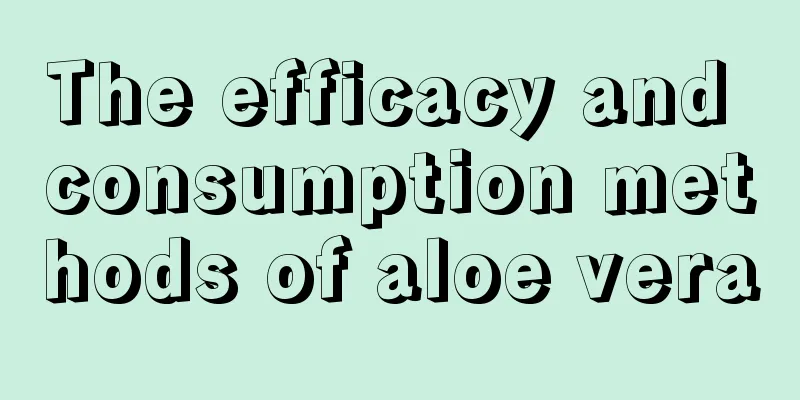There is white stuff on the contact lens

|
Myopia has become an increasingly serious eye disease problem in our country. Many people suffer from myopia, and if you are myopic, you need to wear glasses. However, wearing glasses for a long time will affect the shape of the eyes. Some people choose to wear contact lenses for the beauty of their eyes. However, since contact lenses are in close contact with the human eyeball, great attention should be paid to their hygiene. So some people find some white sediment on their contact lenses. What's going on? There are three main common types of lens deposits: 1. Protein precipitation It is common to see translucent film-like or hard milky white precipitates on the surface of the lens. Normal tears contain a large amount of protein and its corresponding components. After wearing corneal contact lenses, the immune response and rejection reaction of the eyes increase the protein content in tears. When wearing contact lenses, deformed and denatured proteins in the tears accumulate on the surface of the lens to form a protein film. Factors that affect protein precipitation include poor blinking, high protein content in tears, insufficient tear volume, high water content ion lenses, overnight lens wear, prolonged lens use, chronic inflammation of the ocular surface, and failure to perform regular protein removal cleaning. 2. Lipids
There are also some tiny translucent particles or a shiny, hydrophobic film on the surface of the lens, which affects the integrity of the tear layer on the surface of the lens and causes blurred vision. These are lipids. Meibomian glands and Zeis glands secrete lipids, which are distributed to the ocular surface by blinking and form the outer layer of the tear film. After wearing contact lenses, lipids are transferred to the surface of the lens. When excessive lipids accumulate on the lens surface, lipid deposits are formed. Underdeveloped meibomian glands or excessively high lipid content in tears, lens materials that easily attract lipids, and care solutions containing lipophilic ingredients can all easily cause lipid precipitation. 3. Biofilm
Biofilm is a reaction of the eye to contact lenses. When wearing contact lenses, the mechanical stimulation of the lenses and the stimulation of dry eyes cause an increase in the secretion of mucus in the conjunctival goblet cells. A large amount of mucus is adsorbed on the surface of the lens to form a transparent biofilm. Thinner biofilms can be easily removed by rubbing, but long-term wear or insufficient cleaning can cause the biofilm to thicken, making it relatively difficult to remove. The formed biofilm is more likely to absorb other proteins and lipid precipitates, so regular rubbing and cleaning of the lenses can reduce the formation of biofilm and other precipitates. The cleanliness of the lenses is extremely important for healthy wearing. Maintaining constant visual clarity and long-term hygiene is the first truth for contact lens users. |
<<: Yoga waist stretching exercises
>>: The efficacy and contraindications of cod liver oil
Recommend
How to avoid overusing your brain during exams? It turns out that you only need these 5 steps
As we all know, overusing the brain is very harmf...
What are the effects of Shengdi Maidong Decoction
Shengdi is a Chinese medicinal material, and Ophi...
Are river crabs cold in nature?
River crabs are naturally cold in nature, so preg...
What kind of porridge is suitable for winter? You can eat more of these 5 porridges
Winter is the best season for drinking. Porridge ...
The benefits of eating honey in summer
Honey has high nutritional value and contains man...
How does traditional Chinese medicine treat upper gastrointestinal bleeding in liver cancer? Cancer patients recommend a good prescription for treating liver cancer
Cancer patients recommend a good treatment for li...
What are the harms of holding your breath while sleeping on your stomach?
Many people often sleep on their stomachs at nigh...
Congenital vitreous opacity
Among ophthalmic diseases, vitreous opacities are...
Classification of lung cancer
Classification of lung cancer: 1. Lung cancer can...
Why does eating sugar cause tooth decay? Sugar actually contains these ingredients
It is not difficult to find that children who lov...
Is walking with your stomach in good for your health?
Nowadays, there are more and more obese people. M...
What disease is caused by a high percentage of eosinophils
Eosinophils are a type of white blood cell that i...
Is it good to do atomization frequently?
In life, when many people see a doctor for illnes...
Why do gums bleed when touched? Three major problems to warn you
Although teeth are the strongest organs in the bo...
What are the benefits of eating chestnuts in autumn
In the coming autumn, chestnuts will gradually ma...









